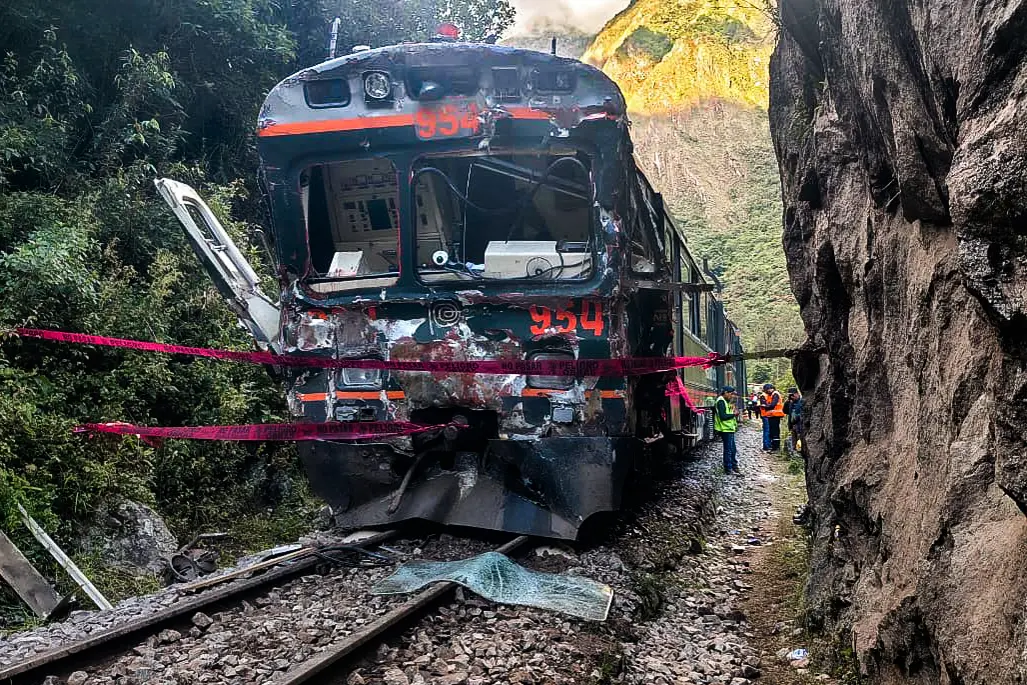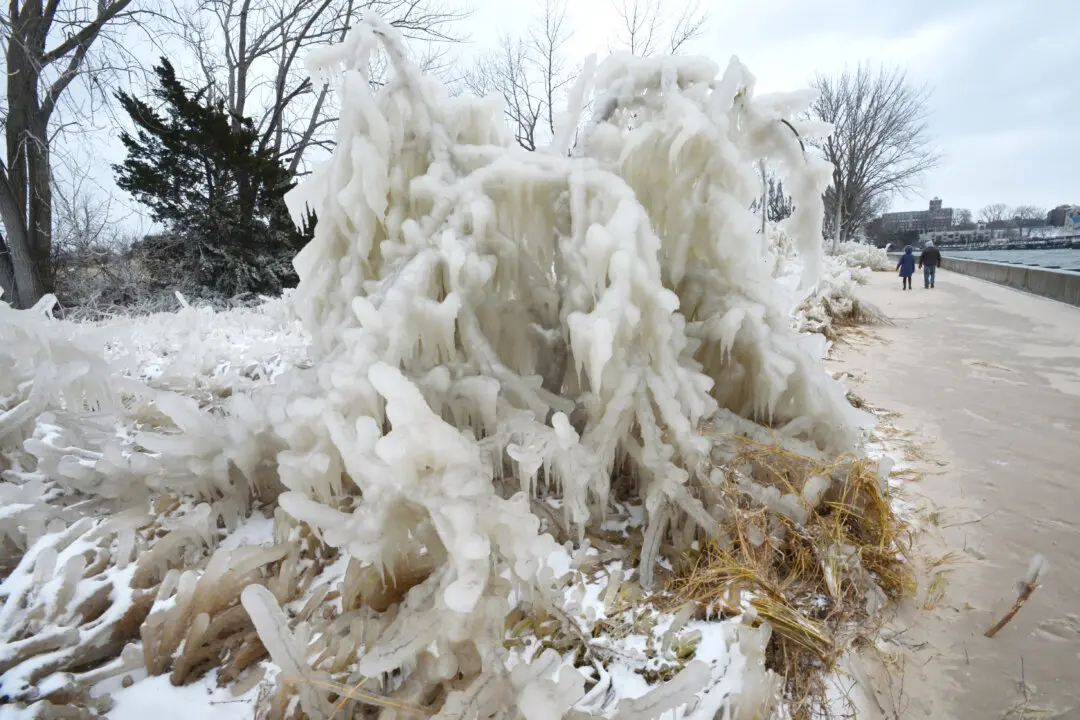LOS ANGELES — The first test of ocean water following a massive California sewage spill came back clean Wednesday, suggesting stinky sludge that drained into the Los Angeles River didn’t flow 20 miles to the coast, officials said.
The sample taken Tuesday showed no excessive levels of bacteria, said Nelson Kerr with the Long Beach health department.
Officials were waiting for the results of a second test on Wednesday before deciding to reopen some five miles of Long Beach-area coastline to swimmers.

A sign is posted at Alamitos Beach warning of the dangers of sewage contaminated water in Long Beach, Calif. on July 19. Steve McCrank/The Daily Breeze via AP




